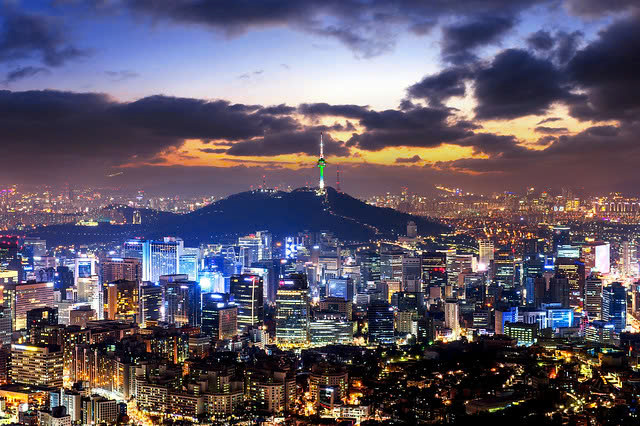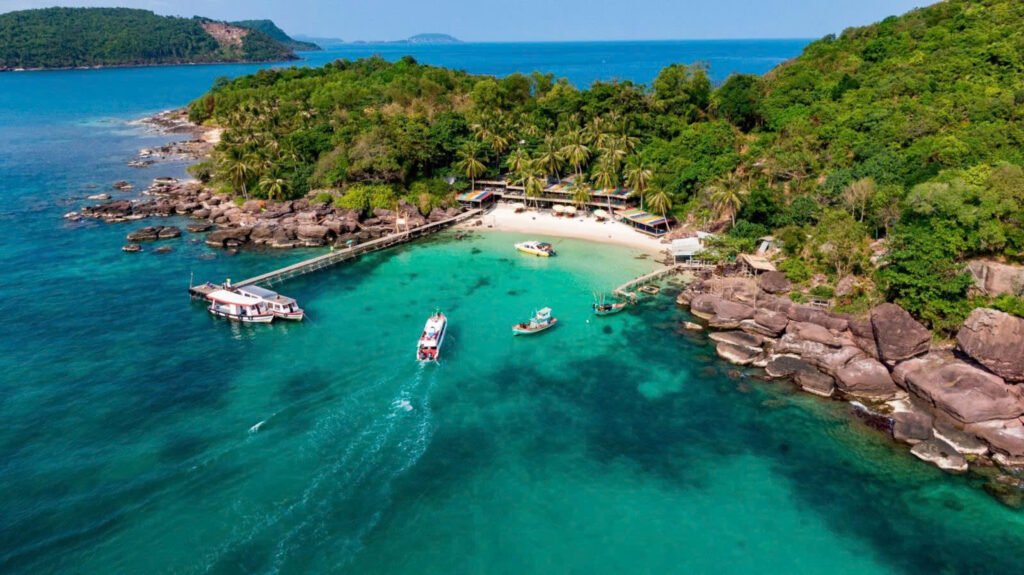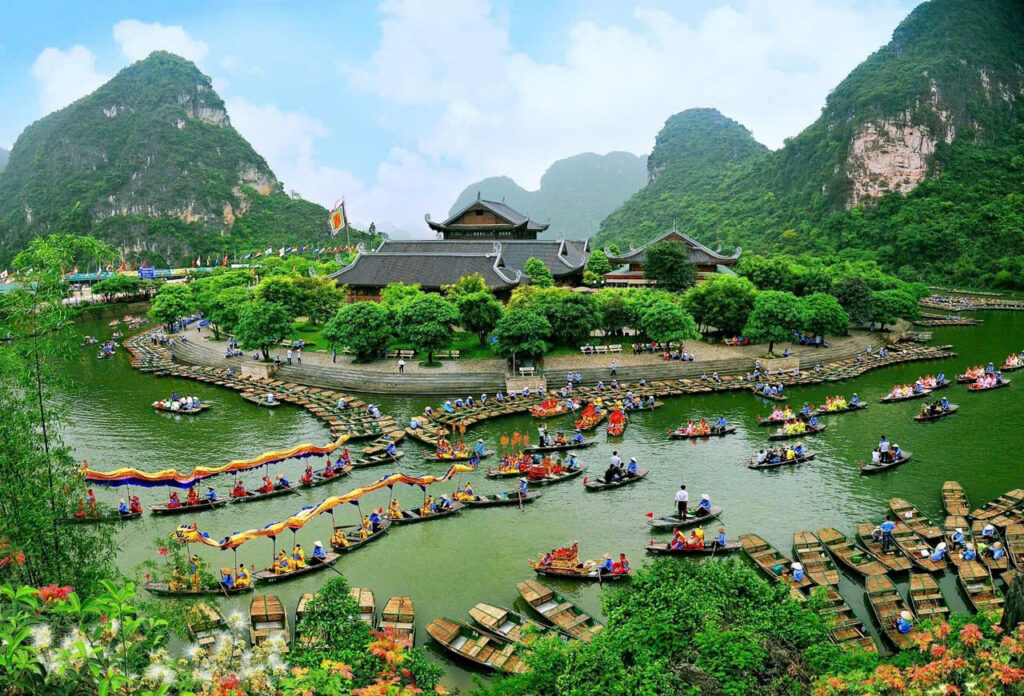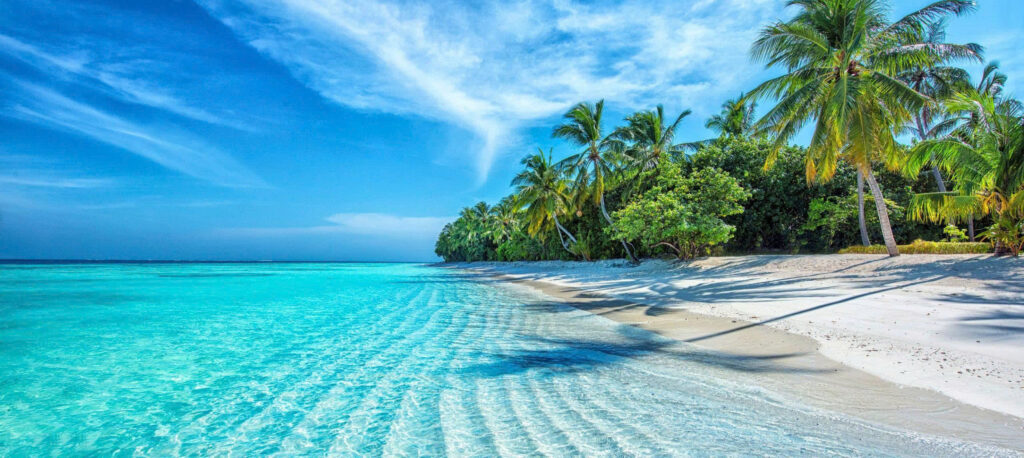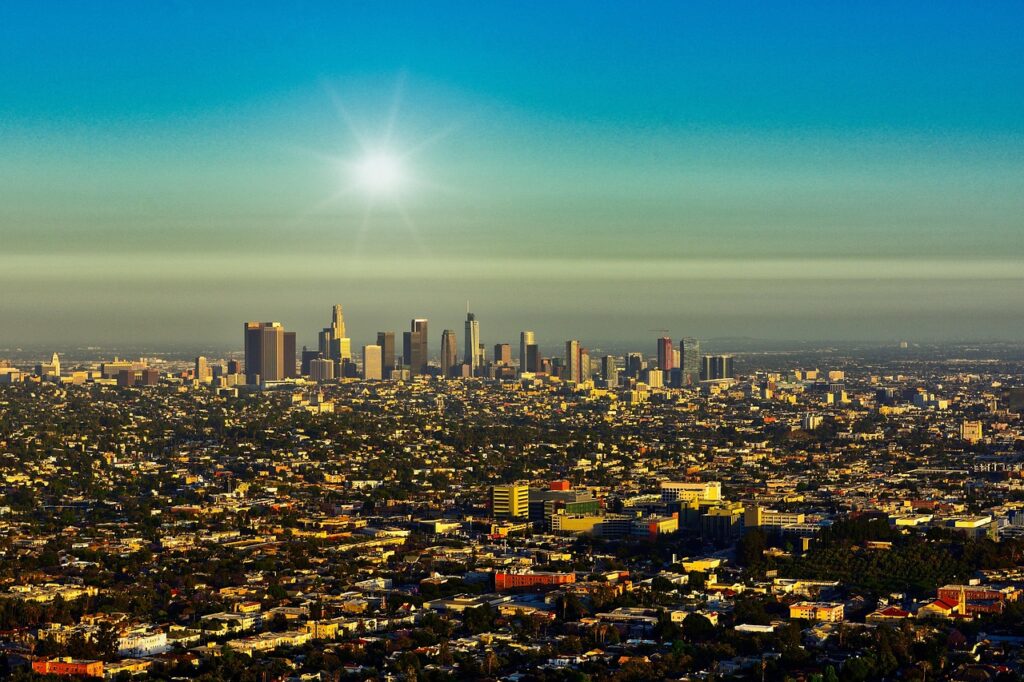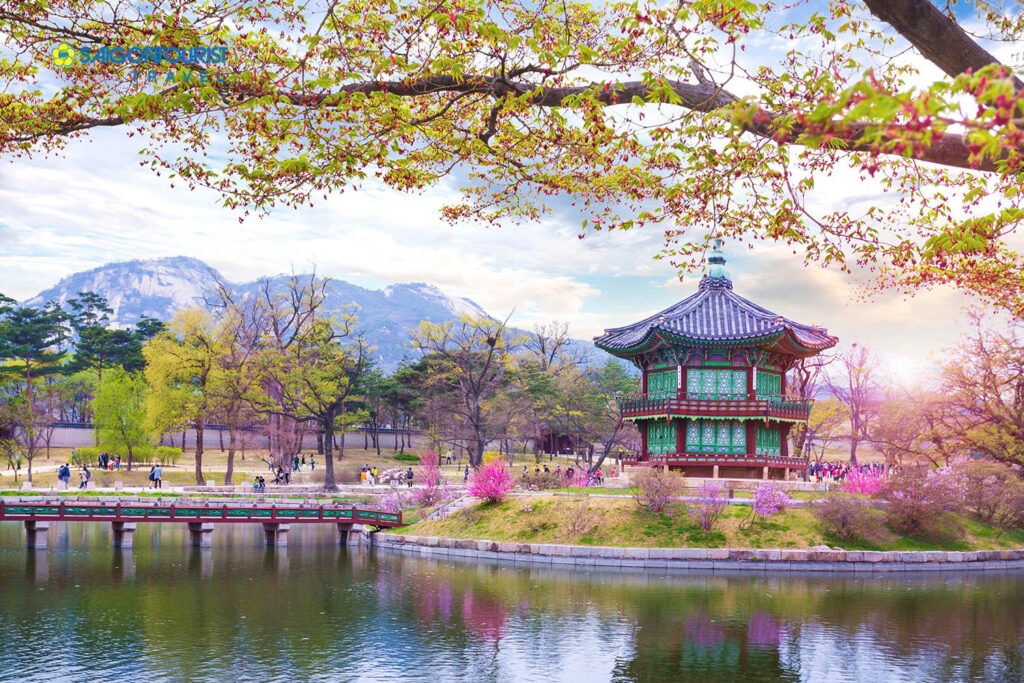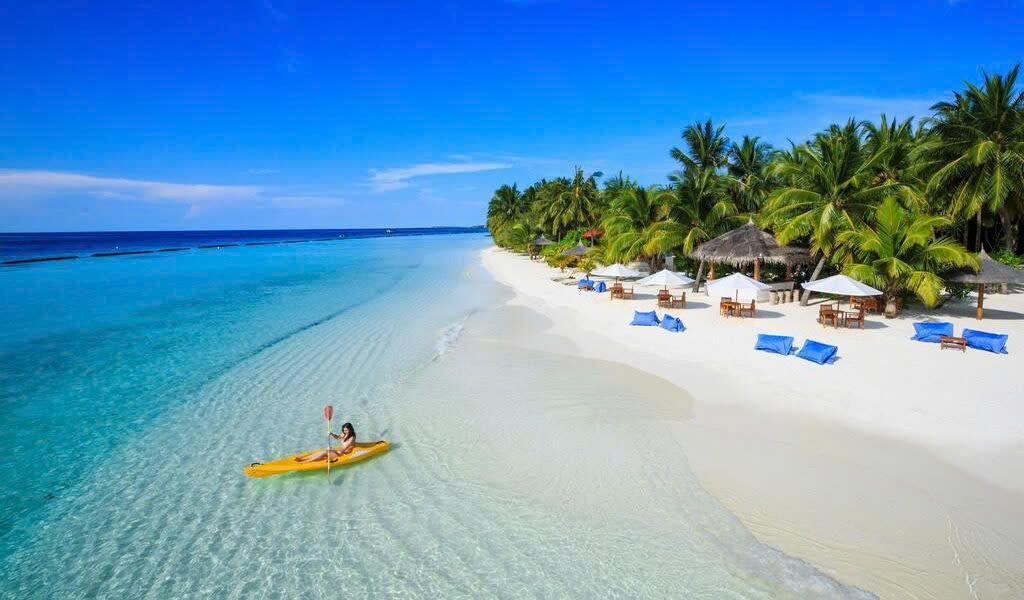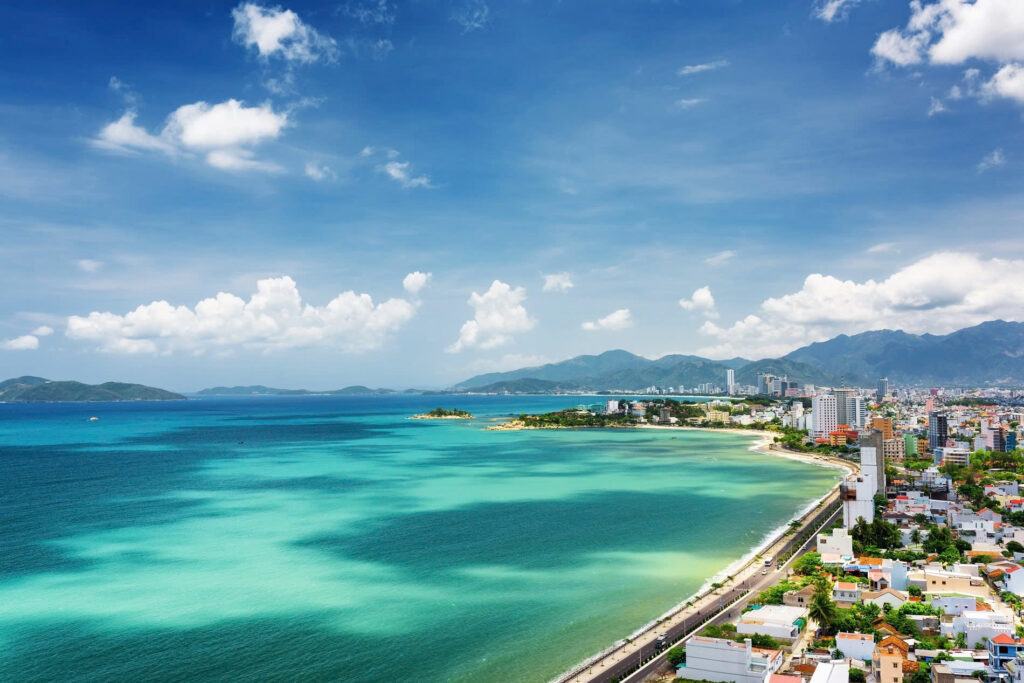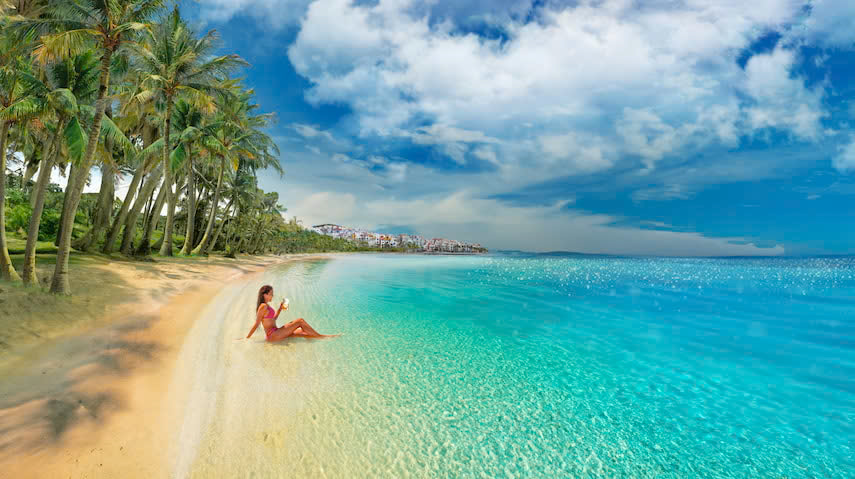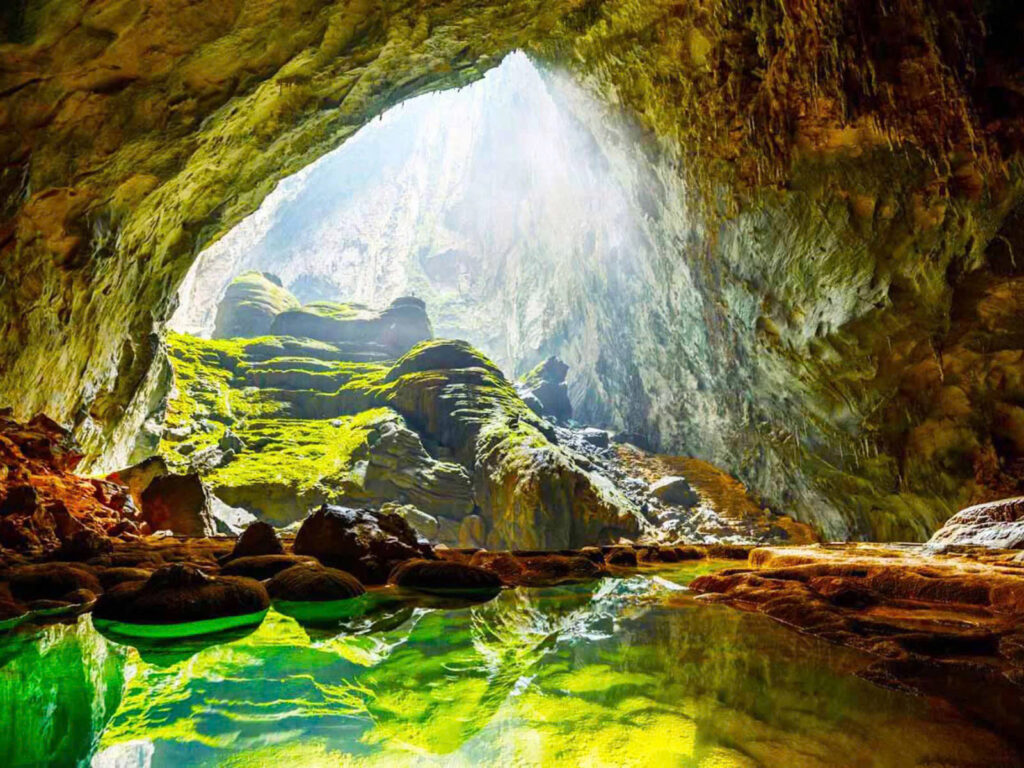Northern Vietnam, a realm of dramatic limestone karsts, emerald rice terraces, and mist-shrouded peaks, beckons adventurers with some of Asia’s most spectacular hiking opportunities. Far from the bustling cities, this region offers a profound connection with nature and an immersive dive into the vibrant cultures of its ethnic minority communities.
Whether you’re an avid trekker seeking a multi-day challenge or a casual walker looking for scenic day hikes, North Vietnam promises an unforgettable journey. This guide explores Northern Vietnam’s premier hiking trails, offering key insights and tips to help you plan your ideal trekking trip.
Why Northern Vietnam is a Hiker’s Paradise
Northern Vietnam stands out as a prime destination for hikers for several compelling reasons:
- Diverse Landscapes: From the iconic terraced rice fields of Sapa and Ha Giang to the dense jungles of Pu Luong and the majestic peaks of Fansipan, the region offers an incredible variety of terrain and scenery.
- Rich Cultural Immersion: Trekking here often means passing through remote villages, offering unique opportunities to interact with diverse ethnic groups like the H’Mong, Dao, Tay, and Thai people, and experience their traditional way of life.
- Varied Difficulty Levels: There’s a trail for everyone, from gentle walks suitable for families to challenging multi-day expeditions that test endurance.
- Untouched Natural Beauty: Many areas remain pristine, offering breathtaking vistas and a sense of true wilderness.
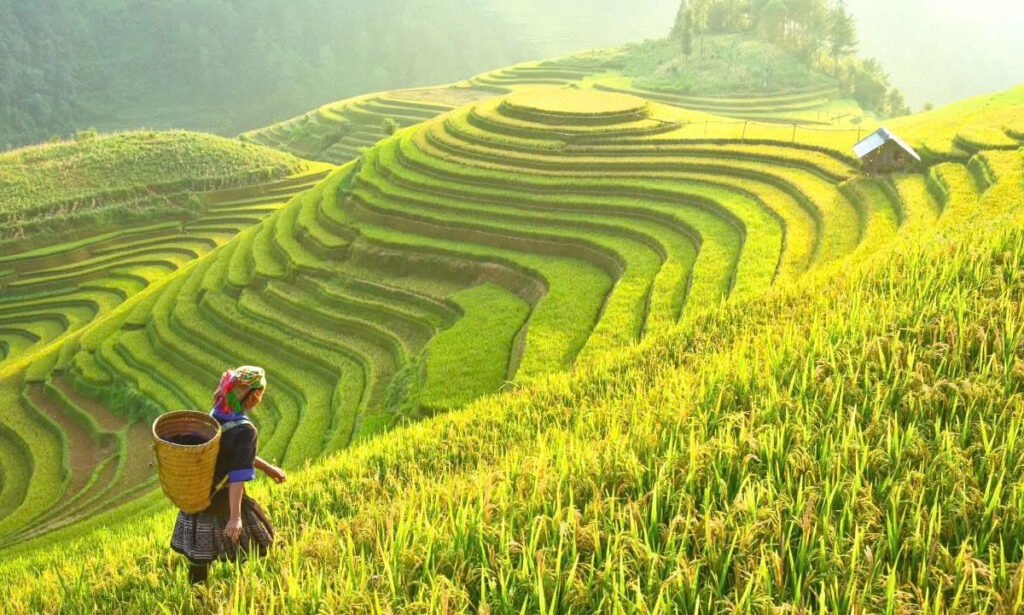
Essential Knowledge Before You Hike in North Vietnam
Before lacing up your boots, here are some crucial tips to ensure a safe and enjoyable trekking experience.
Best Time to Hike
The ideal time to hike in North Vietnam depends on the specific region and what you want to see:
- September to November (Autumn): Generally considered the best, with clear skies, comfortable temperatures, and golden rice fields ready for harvest.
- March to May (Spring): Pleasant weather, new rice seedlings, and blooming flowers. Can be a bit humid.
- December to February (Winter): Cold, especially in high altitudes like Sapa (can experience frost/snow). Views can be misty but dramatic. Less rain.
- June to August (Summer/Rainy Season): Hot and humid with frequent downpours, especially afternoon thunderstorms. With slippery conditions and prevalent leeches, it’s best to avoid intense treks during these months.
Fitness Level and Preparation
- Assess Your Fitness: Be realistic about your physical condition. Trails range from easy walks to strenuous multi-day climbs.
- Physical Training: For challenging treks, engage in regular cardio and leg strength exercises beforehand.
- Hydration & Nutrition: Carry enough water and energy snacks, especially for longer hikes.
Packing Essentials & Gear
- Footwear: Sturdy, broken-in hiking boots or comfortable trekking shoes are essential.
- Clothing: Layers are key. Quick-drying fabrics, waterproof jacket/pants are recommended.
- Backpack: Comfortable daypack for short hikes, larger trekking pack for multi-day trips.
- Navigation: Offline maps (like Maps.me or Google Maps), compass, and a power bank for your phone.
- First-Aid Kit: Bandages, antiseptic wipes, pain relievers, blister treatment, insect repellent.
- Sun Protection: Hat, sunglasses, sunscreen.
- Headlamp/Flashlight: Crucial for early morning starts or unexpected delays.
Local Guides & Permits
- Hiring a Guide: For most treks, especially multi-day or remote ones, hiring a local guide is highly recommended. They provide invaluable local knowledge, navigate complex trails, facilitate cultural interactions, and ensure safety. Many guides are from ethnic minority communities and can offer homestay experiences.
- Permits: Some areas, particularly border regions or protected zones, may require special permits. Your tour operator or local guide will usually arrange these.
Safety & Travel Insurance
- Inform Others: Let someone know your itinerary.
- Stay on Trails: Avoid straying off marked paths.
- Weather Watch: Be aware of weather forecasts, especially for sudden changes.
- Travel Insurance: Absolutely essential. Ensure your policy covers trekking activities, emergency medical care, and evacuation.
Top Hiking Trails in Northern Vietnam: A Detailed Breakdown
Here are some of the most sought-after and rewarding hiking destinations in North Vietnam, offering distinct experiences.
- Sapa & Fansipan: The Iconic Highlands
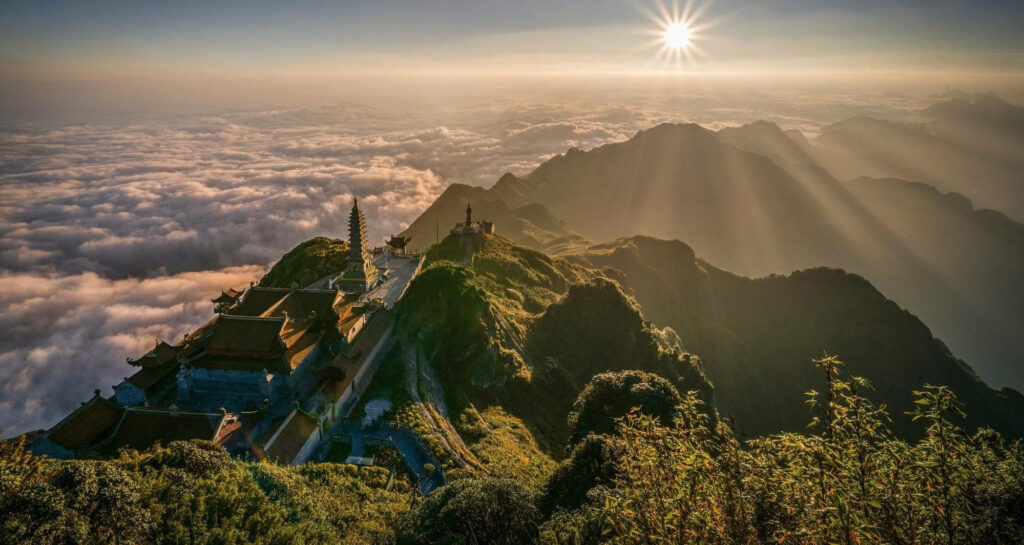
Sapa is arguably Vietnam’s most famous trekking destination, offering stunning rice terraces and vibrant ethnic cultures.
- Sapa Village Treks (Easy to Moderate):
- Description: These treks lead through picturesque terraced fields, connecting various villages like Lao Chai, Ta Van, and Giang Ta Chai. You’ll witness daily life, interact with H’Mong and Red Dao people, and often conclude with a traditional homestay.
- Highlights: Immersive cultural experiences, panoramic views of rice paddies, meeting friendly locals.
- Best For: All fitness levels, cultural enthusiasts.
- Conquering Mount Fansipan (Challenging):
- Description: As the “Roof of Indochina” (3,143m), Fansipan offers a strenuous multi-day trek through dense forest. Alternatively, you can take the Fansipan cable car for a quicker ascent to the summit.
- Highlights: Reaching Vietnam’s highest peak, incredible cloudscapes, a true test of endurance.
- Best For: Experienced hikers, those seeking a major challenge.
- Ha Giang Loop: The Extreme North’s Grandeur
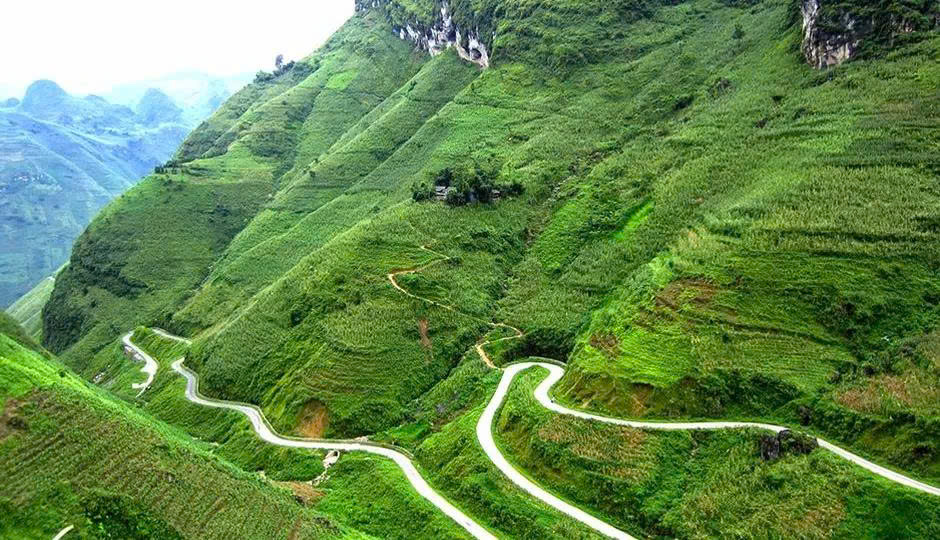
The Ha Giang Loop is primarily known for motorbiking, but its dramatic landscapes also offer incredible hiking opportunities, especially around Dong Van Karst Plateau Geopark.
- Hiking along Passes and Mountains (Moderate to Difficult):
- Description: Explore trails along the Ma Pi Leng Pass, one of Vietnam’s “Four Great Mountain Passes,” offering breathtaking canyon views. Trek through remote mountain villages nestled among limestone peaks.
- Highlights: Unparalleled panoramic views, geological marvels, encounters with Lo Lo and H’Mong communities.
- Best For: Adventurous hikers, those seeking raw, dramatic scenery.
- Exploring Remote Villages:
- Examples: Trek to Lung Cu Flagpole, visit traditional houses in Dong Van and Meo Vac.
- Pu Luong Nature Reserve: The Green Oasis
Pu Luong, a lesser-known gem, boasts serene rice terraces, lush forests, and tranquil villages.
- Terraced Rice Fields & Waterfalls Treks (Easy to Moderate):
- Description: Wander through vibrant green or golden rice terraces, discover hidden waterfalls, and trek along streams. Many treks involve staying in traditional Thai stilt-house homestays.
- Highlights: Serene natural beauty, unique terraced landscapes, authentic village life, waterfalls.
- Best For: Relaxation, cultural immersion, nature lovers.
- Exploring Local Villages:
- Examples: Hike to Kho Muong Village and its cave, or the popular Ban Don Village.
- Cao Bang: Borderland Beauty & Waterfalls
While further east, Cao Bang offers unique limestone landscapes and the famous Ban Gioc Waterfall.
- Hiking to Lakes & Waterfalls (Easy to Moderate):
- Description: Explore trails leading to the majestic Ban Gioc Waterfall (shared with China) and nearby Nguom Ngao Cave. You can also hike around Ba Be National Park (though geographically in Bac Kan, it’s often combined with Cao Bang trips).
- Highlights: Impressive waterfalls, vast cave systems, tranquil lakes.
- Best For: Those combining hiking with natural wonders, and family-friendly hikes.
- Y Ty: The Cloud-Covered Realm
Y Ty is a remote, often cloud-covered region near the Chinese border, famous for its unique “mushroom” houses and tiered rice paddies.
- Y Ty Terraced Fields Trekking (Moderate):
- Description: Hike through mist-shrouded, incredibly steep terraced fields. The landscape is wilder and less touristy than Sapa.
- Highlights: Discover dreamlike cloud vistas, the remarkable architecture of the Ha Nhi community, and an experience far from the usual tourist routes.
- Best For: Photographers, adventurous trekkers seeking solitude.
Choosing Your Hiking Style: Tour vs. Self-Guided
Deciding whether to join an organized tour or trek independently depends on your experience and preferences.
- Pros of Organized Tours:
- Safety & Logistics: Guides know the terrain, local conditions, and handle accommodation/food.
- Cultural Insight: Guides (often local ethnic minorities) offer invaluable cultural context.
- Permits: Tour companies usually arrange necessary permits.
- Best For: Beginners, those seeking convenience, or when trekking in remote/border areas.
- Benefits of Self-Guided Hiking:
- Flexibility & Freedom: Set your own pace and itinerary.
- Cost-Effective: Can be cheaper if you manage logistics yourself.
- Best For: Experienced hikers with good navigation skills, those craving complete independence.
- Reputable Trekking Agencies: Look for companies with strong reviews that prioritize responsible tourism and fair wages for local guides. Examples often mentioned include Mr. Linh’s Adventures, Sapa O’Chau, Topas Travel, among others (research latest reviews).
Final Tips for Your Northern Vietnam Trek
- Respect Local Culture: Always ask for permission before taking photos of people, dress modestly when visiting villages or temples, and avoid giving money directly to children.
- Responsible Tourism: Stick to marked trails, carry out all your trash, and support local businesses directly (e.g., homestays, buying handicrafts).
- Health & Safety: Bring a basic first-aid kit, carry necessary personal medications, and be aware of your surroundings. Trek in groups if possible, especially on challenging trails.
- Be Prepared for Varied Conditions: Weather can change rapidly in the mountains. Prepare for varying weather conditions, including sunshine, rain, and cold temperatures.
Northern Vietnam offers an unparalleled hiking experience, blending stunning natural beauty with rich cultural encounters. From the iconic rice terraces of Sapa to the remote majesty of Ha Giang and the tranquil charm of Pu Luong, each trail promises a unique adventure. By planning carefully and embracing the spirit of exploration, you’re set to discover the breathtaking wild heart of Vietnam.





